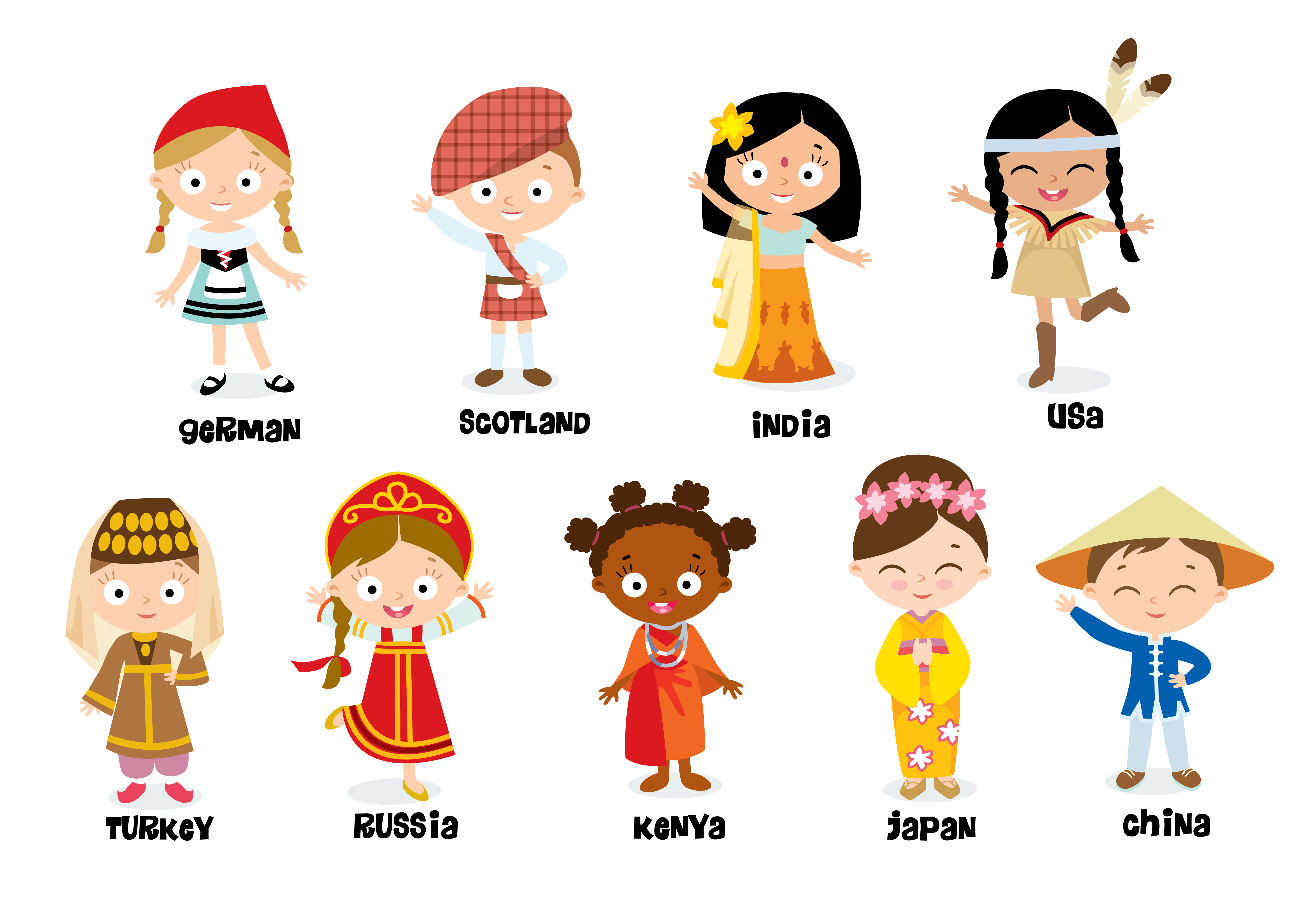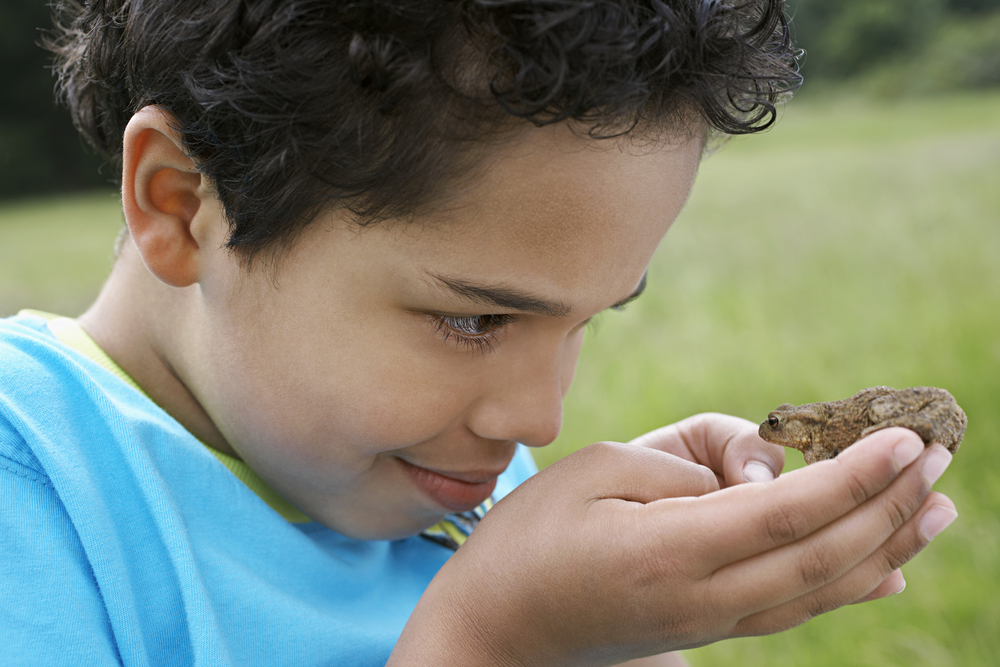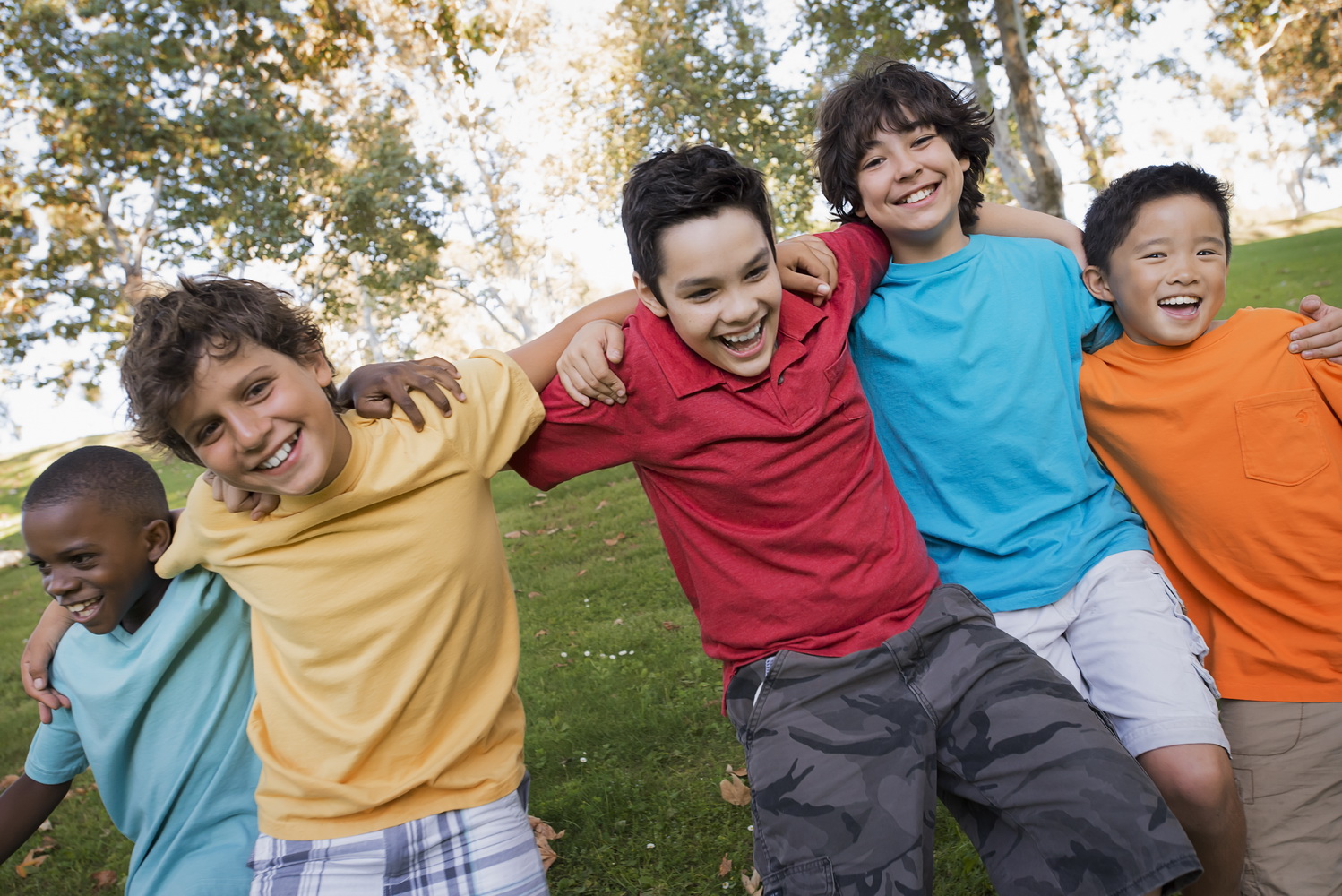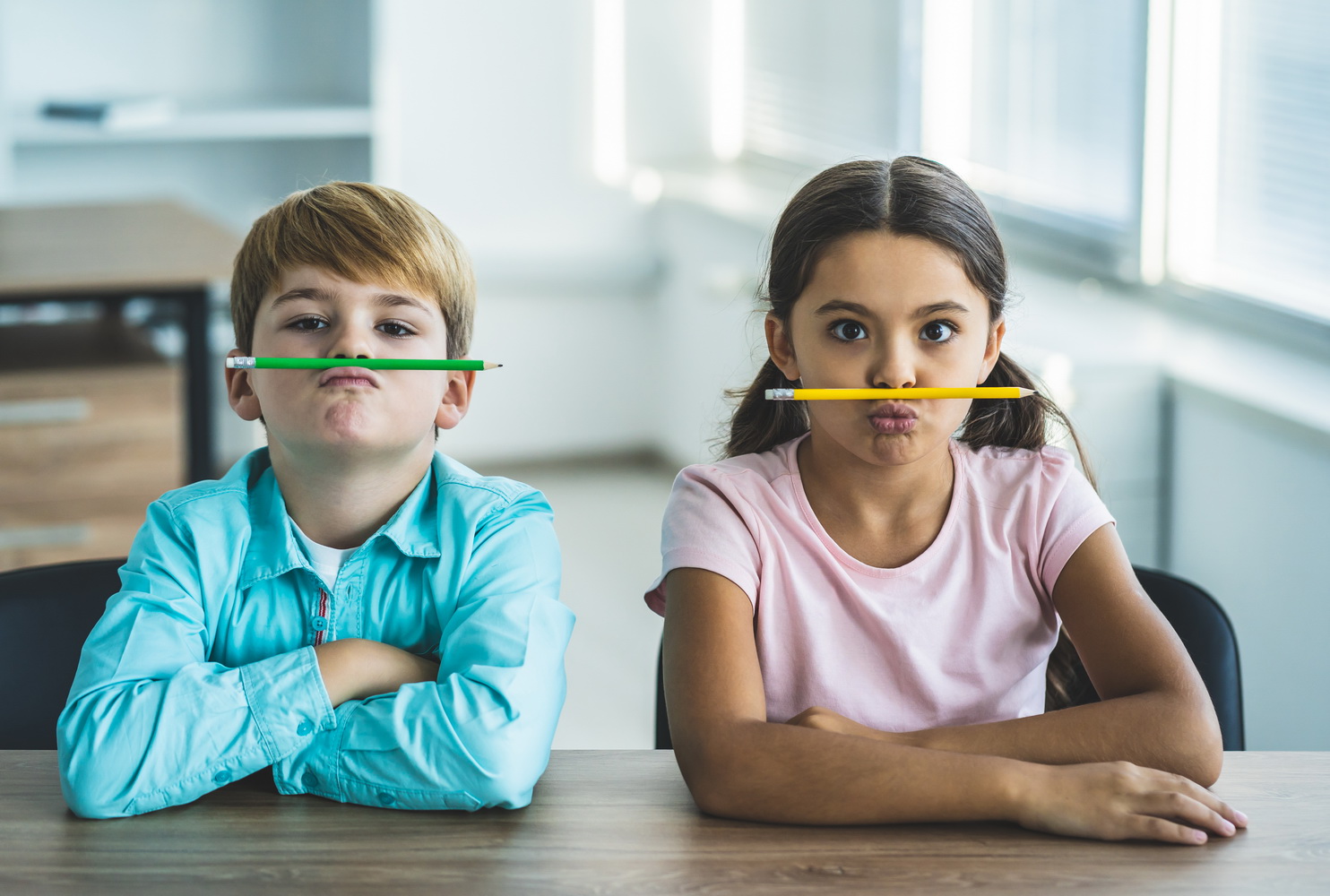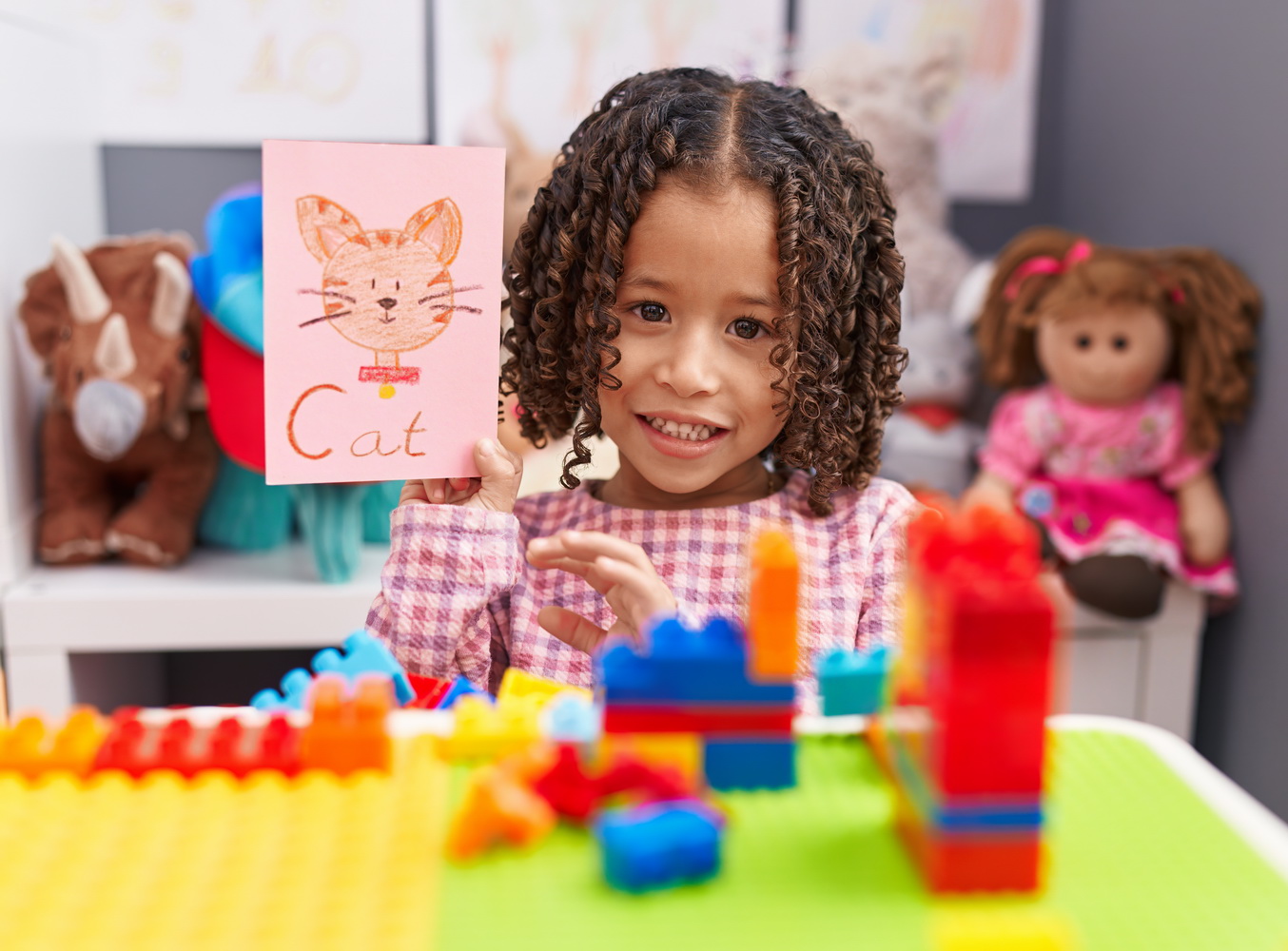How to Develop a Growth Mindset from an Early Age
Sept. 30, 2019
Ask any modern teacher, and most will tell you that they firmly believe that any child has the potential to learn and succeed in school. Unfortunately, the general population has varying beliefs on whether kids are born with a certain predetermined amount of academic capability, or if children can grow in intelligence throughout their early lives. Many psychological researchers even today still argue that learning and intelligence is primarily genetically based.
Meanwhile, for decades in America, educators believed in direct teacher-led lessons that was thought to impart information upon their schoolchildren without the need for any differentiation. During much of the 20th century, much of the nature of education in this country was based upon a “sink or swim” mindset, which offered little in the way of intervention for struggling learners.
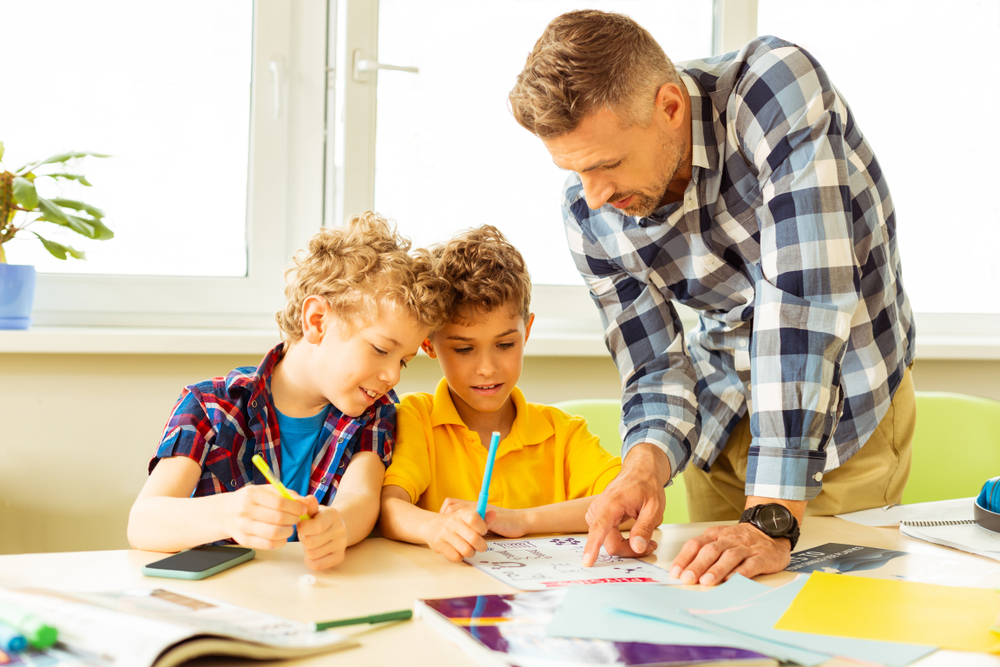
Fast forward to today, and virtually all contemporary teachers and administrators value and embrace student differences and their various learning needs. Educators also now know that information is not simply imparted upon students, but that kids learn more when they are given their own agency and independence to actively take part in their own learning process. That means that when a child believes they can actively facilitate and see their own growth in any particular learning skill, they can be learn more and achieve further success.
If you follow hot topics in education, you might have seen growth mindset quotes floating around in the internet in the past couple years. But the tenets of a growth mindset consist of much more than fluffy idioms and expressions. It’s a paradigm shift in the roles of teachers, parents, and kids. Let’s dive in to discuss more about what a growth mindset is, and how parents and teachers can instill within their students and children.
Fixed Mindset vs. Growth Mindset
To understand how parents and teachers can work together to make their kids more growth minded, it’s important to understand what it means to have a growth mindset, and how it’s different from someone who has a fixed mindset.
As mentioned above, many psychologists still argue that people generally are born with predetermined intelligence, talents, and abilities that are based in genetics. And for people who possess a fixed mindset, they genuinely believe that they might be “bad” or “good” in a particular subject without working to improve their skills. Likewise, individuals who have such a mindset mostly focus on what they view as their natural talents and believe that hard work and effort aren’t necessary to developing them.
Teach kids to take ownership of their learning with Talented and Gifted Program! Kids work at their own pace on to direct their learning and build confidence. Subscribe today to receive a free 30-day trial!
A growth mindset, on the other hand, is the belief that intelligence and abilities can be changed and improved over time given hard work and dedication. Students who believe in themselves and their capabilities push themselves to learn and achieve more. Further, kids who have developed a growth mindset takes ownership over their own learning and abilities and will put forth more effort to expand their skills even if they acknowledge they have a talent or aptitude for a subject or activity. Thus, a growth mindset pushes our children to reach their fullest potential, where having a fixed mindset forces someone to fall short.
So at this point you might be wondering how teachers and parents can help to promote and develop a growth mindset within our children and students. Below we discuss 10 distinct strategies to help kids of all ages to form a life-long growth mindset!
Growth Mindset Exercises
Children aren’t born with the confidence to believe in their own capabilities and potential. What’s more is that kids can’t develop a growth mindset by simply reading books or watching learning videos. Instead, they must be encouraged by adults and their own peers to believe in themselves and to take control of their own learning and success. Try the following strategies to set the stage for instilling a growth mindset in your little learners:
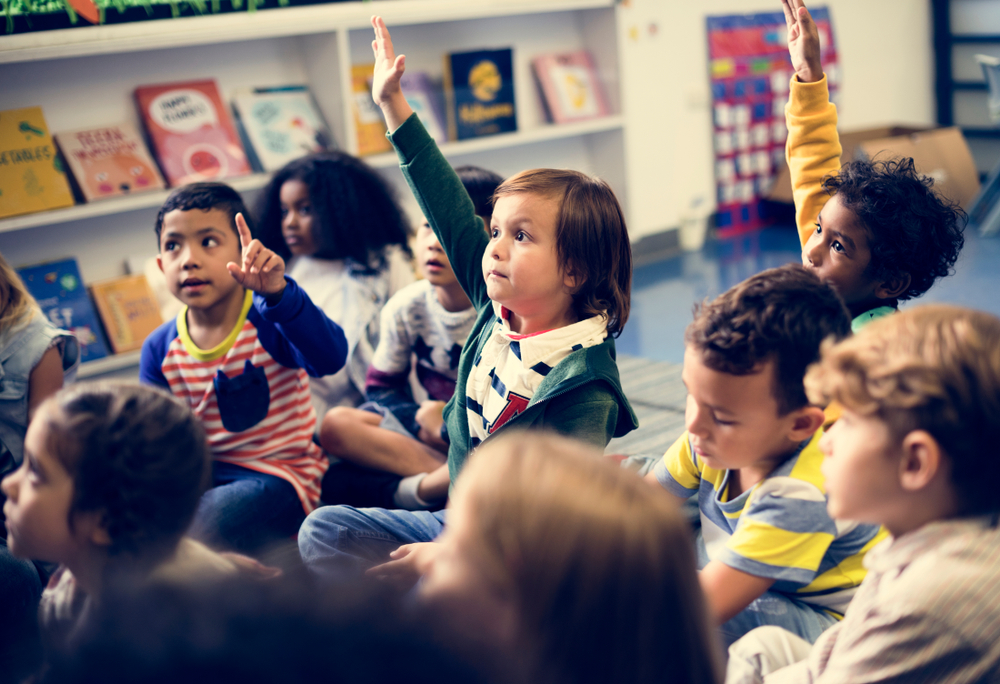
Teach kids not to be afraid of failure
At school, students are often afraid to speak up and answer questions during class discussion for fear of being wrong in front of their classmates. These same students are sometimes reluctant to ask the instructor for help, afraid to annoy or disappoint their teacher. At home, a similar scenario happens in which a child is afraid to ask mom or dad for academic help fearing that they will let their parents down in some way. Additionally, these kids are likely to be embarrassed if they are struggling in any particular subject.
Prevent this vicious cycle by not only teaching kids that failure is OK but encourage them to try even in the face of failure because it is part of the learning process. Once children are able to understand that failure is expected and necessary to problem solving, kids no longer see it as a personal problem that disappoints others. Instead, embrace failure and teach children how to learn from it. Set a climate in your home and/or classroom that shows them how to turn setbacks into learning opportunities.
Accept flaws and imperfections, celebrate differences
Just like adults, every child is different, and all of us have our flaws. This concept should be reinforced early in life so that kids readily accept and come to love their differences and even their flaws. To do this, it is also important to build a rapport with children to establish a trusting environment where all feels loved and accepted. In doing so, children will develop the confidence within themselves to look past those imperfections to find what it is that is great about them. This will help kids build a healthy sense of self that can tackle any challenge while building resilience along the way!
Ensure students know what they’re learning and what to do to be successful
For teachers, curriculum and lesson plans are important, but none of it matters if the students themselves have no idea what they’re supposed to be learning. And that’s just the first step! Once kids understand the learning goal, they must understand what success looks like to evaluate whether or not they have achieved the objective.
Recently in education there has been a lot of buzz over switching teacher objectives on the board to what are known as “learning intentions” and “success criteria”, which has been popularized by educational expert John Hattie. Instead of listing objectives that the teacher has for a particular lesson, the real focus here is on the students, what they will learn, and how they will know if they have learned it.
Even for early learners, it’s important for students to know exactly what it is they are supposed to achieve. We can only expect kids to take ownership of their learning if they know what they need to accomplish. By setting learning intentions and success criteria, kids have a solid idea of what they must understand, and what to do to get there.
Give kids a sense of purpose and connect it to real life
Building from the above idea of learning intentions and success criteria, it’s important that children understand the purpose behind each lesson, exercise, and activity. After all, students are reluctant to complete any assignment or project that doesn’t seem to connect cohesively to what they’re supposed to be learning. Even more importantly, kids will take ownership more readily if they feel that the targeted skill or activity has some relevance to real life and/or the outside world. Especially as children grow into adolescence, many students begin to lose interest if what they’re learning seems useless in the real world. As a parent or teacher, set a purpose when working on any skill, and design any lesson or activity to connect to outside life.
Help children view challenges positively
It might go without saying, but many kids shut down when challenged, worried they will not succeed. Others avoid challenges at all costs, only engaging in activities that suit their perceived talents. From an early age, be sure to emphasize that challenges are life’s goal posts that encourage us to overcome and push ourselves to become better. By viewing struggles and challenges as a positive and needed aspect of life, kids are more likely to build resilience and take ownership for their own learning and success.
Emphasize the process, not just the end product
Most often, children get excited about what they are producing for a project. For example, at a science fair, a child might be elated for the actual end presentation and product rather than being focused on the work it takes to get to that point. That’s why it’s important to emphasize the fact, that when working on any skill, the process is the most important part of the learning journey. While the end product will also be rewarding, teach kids to value the hard work it took to get there. Similarly, encourage little learners to slow down and focus on quality over quantity, since speed is not always a helpful or accurate measure for success.
By now it should be obvious that our children today have the best opportunity to seize success by learning to become independent and growth-minded learners. Utilize the tips above to banish fixed mindsets in learning, and to help your kids flourish with the knowledge and understanding that they have full ownership over their own achievement!



